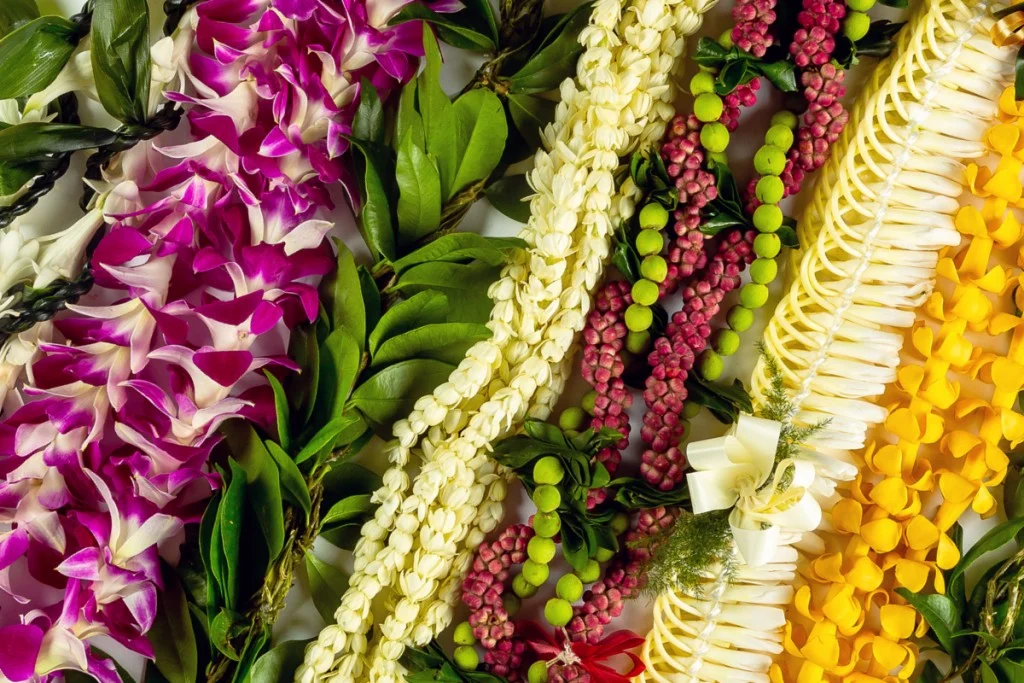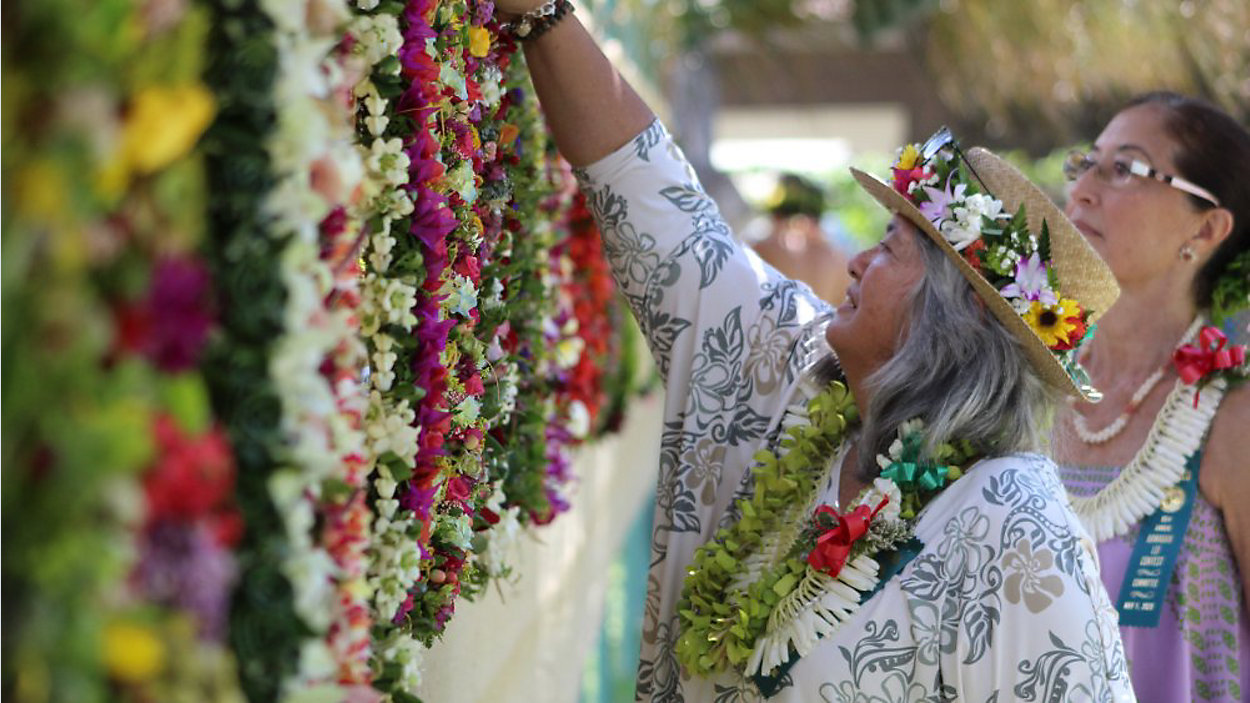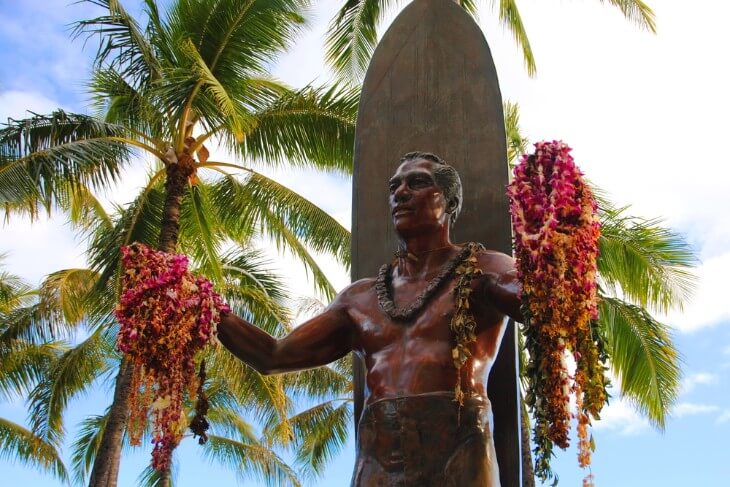Table of Contents
In Hawai‘i, few traditions are as iconic and meaningful as the lei. These handcrafted garlands—made from flowers, leaves, shells, seeds, or feathers—embody the essence of aloha, representing love, friendship, celebration, and respect. Worn with pride and given with intention, they are far more than decorations; they are powerful cultural expressions with deep historical roots.
Origins and Cultural Significance
The practice of making and wearing floral lei's was introduced to Hawai‘i by Polynesian voyagers who settled the islands centuries ago. Along with agricultural knowledge and spiritual beliefs, they brought customs that would evolve into uniquely Hawaiian practices. Adornments made from native materials—maile vines, fragrant blossoms, polished seeds, and more—became an integral part of everyday life and ceremonial occasions.
In ancient Hawai‘i, these garlands marked significant moments and conveyed social status or spiritual reverence. Chiefs (ali‘i) wore intricate designs crafted from rare or sacred elements to display their rank and power. The creation process, known as haku, was a blend of artistry and reverence, often performed with chants and care, reinforcing a deep connection to the land and the gods.

The Spirit of Aloha
At the heart of this tradition lies the Hawaiian value of aloha, a word rich with meaning—love, compassion, kindness, and mutual respect. Presenting a lei to someone is not simply a gift; it is a gesture of connection, gratitude, and affection. It speaks without words, offering a bond between giver and receiver.
Different materials hold specific meanings. Maile vines, used in weddings and important ceremonies, symbolize peace and honor. Pikake (jasmine) is linked to romance and elegance, while orchids and plumeria are favorites for festive occasions due to their vibrant colors and scents. Kukui nuts, shiny and dark, are associated with enlightenment, protection, and peace.
In Hawaiian etiquette, such offerings should be accepted graciously. Refusing or removing one in the presence of the giver can be seen as disrespectful, as each is given with heartfelt intention.
Lei Day: A Cultural Celebration
To honor the tradition and its cultural importance, Hawai‘i celebrates Lei Day each year on May 1st. Established in 1927, this holiday pays tribute to the craftsmanship, symbolism, and enduring relevance of these floral expressions. Across the islands, schools and communities host parades, hula performances, musical events, and lei-making competitions.
Each island has a flower and color associated with it. For instance, O‘ahu is represented by the golden ‘ilima, while Maui is symbolized by the pink lokelani rose. These distinctions highlight both the diversity and unity of Hawaiian identity, proudly displayed during Lei Day festivities.

This link will give more history and significance on Lei day in Hawaii:
The Art of Creation
Traditional lei-making involves several distinct techniques:
- Kui: Stringing blossoms with a needle and thread.
- Haku: Braiding flowers and foliage into a woven crown or band.
- Wili: Twisting materials around a base using natural fibers.
- Hili: Plaiting single types of plants, such as ferns or vines.
Creating one is often a meditative process. Many artisans gather materials mindfully, offering thanks or chanting in acknowledgment of nature’s gifts. The final product is more than a beautiful adornment—it is a reflection of thoughtfulness, respect, and artistry.
The Haku Lei: A Braided Symbol of Hawaiian Tradition
The Haku lei is one of the most cherished and visually striking forms of lei in Hawaiian culture. Unlike the typical stringed garland, this version is carefully braided or woven using fresh flowers, greenery, and sometimes ferns, into a flexible base—often worn around the head like a crown.
Rooted in ancient tradition, the Haku style has long been associated with celebration, honor, and connection to nature. Whether worn for weddings, hula performances, graduations, or festivals, it carries a deep sense of pride and reverence. Each one is handmade with intention, often combining blooms and foliage with symbolic meanings to reflect the occasion or individual being honored.
More than a beautiful adornment, the Haku lei embodies the Hawaiian values of aloha (love), pono (righteousness), and kuleana (responsibility). In both traditional and modern ceremonies, it remains a vibrant expression of heritage and artistry.
A Tradition That Lives On
Today, these garlands continue to hold a central place in Hawaiian life. They’re shared at graduations, birthdays, weddings, farewells, and other milestones. Whether used to welcome a guest, honor an achievement, or commemorate a loved one, each creation carries a message—a tangible expression of aloha.
Though materials and designs may evolve, the core meaning endures. Each garland tells a story of connection and culture, linking generations and celebrating the beauty of human relationships. In every gift, every flower, and every thread, the soul of Hawai‘i is alive and flourishing.
If you would like to read and learn more about interesting things in Hawaii! Check out our blog page here on our website!
or
